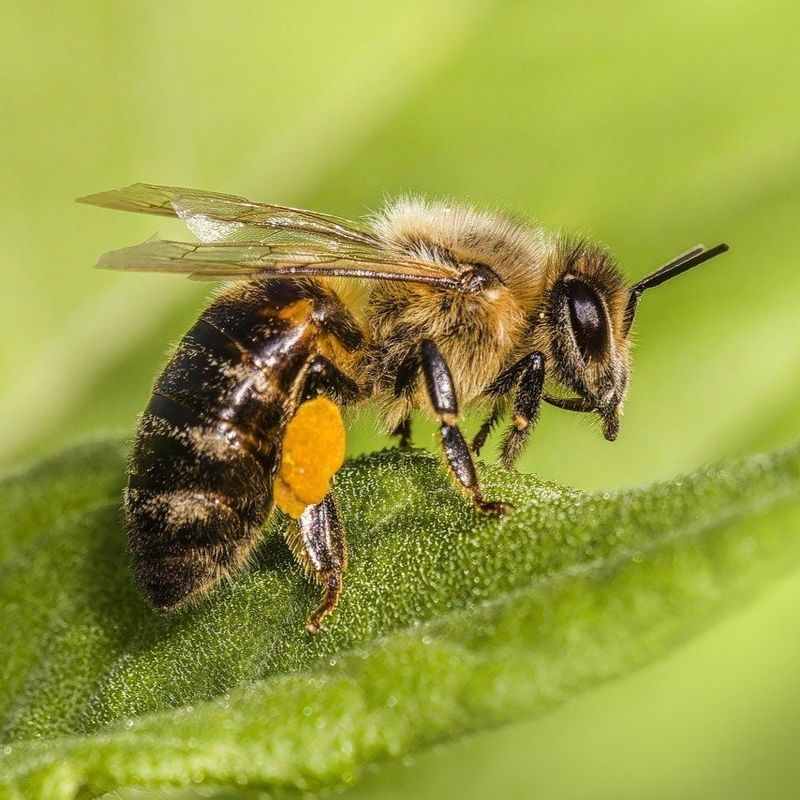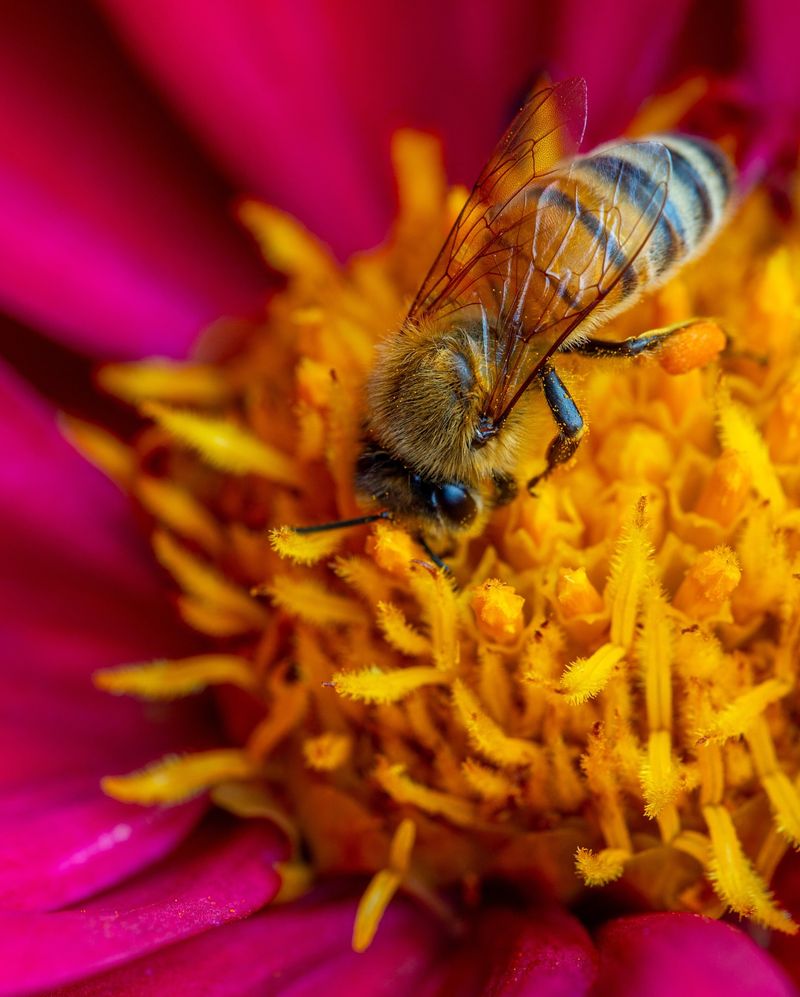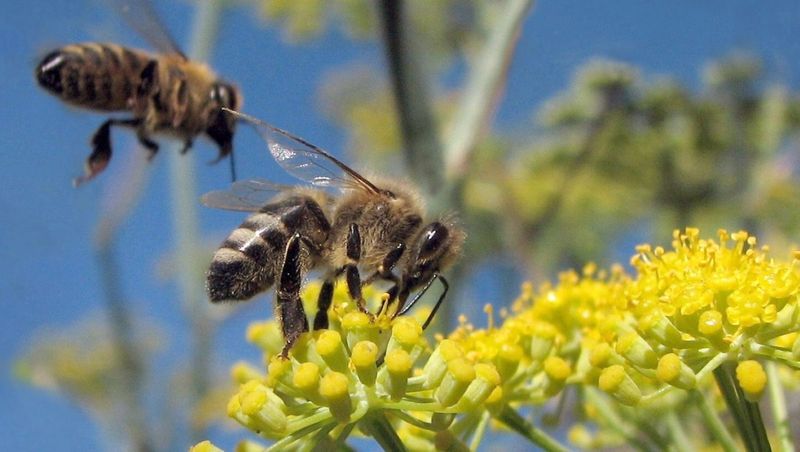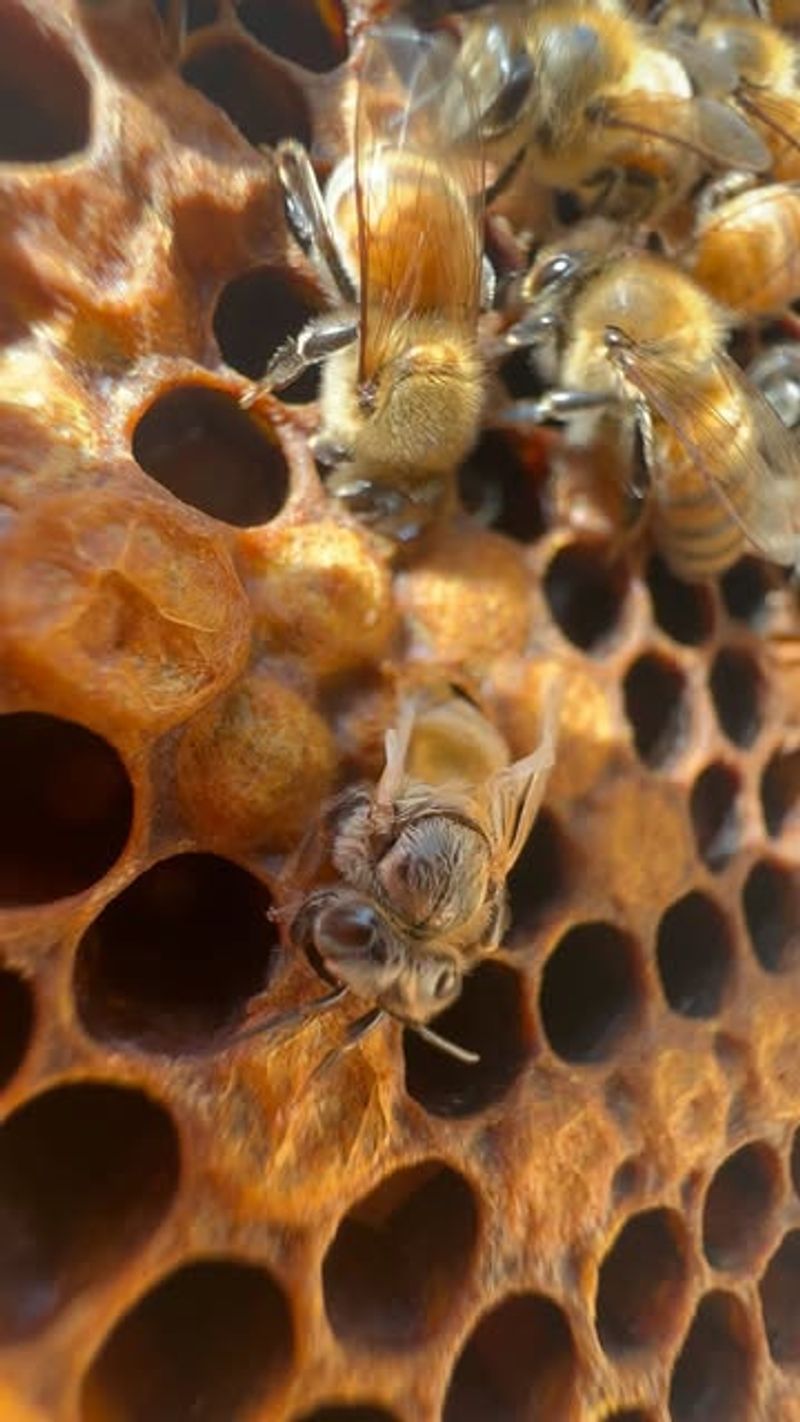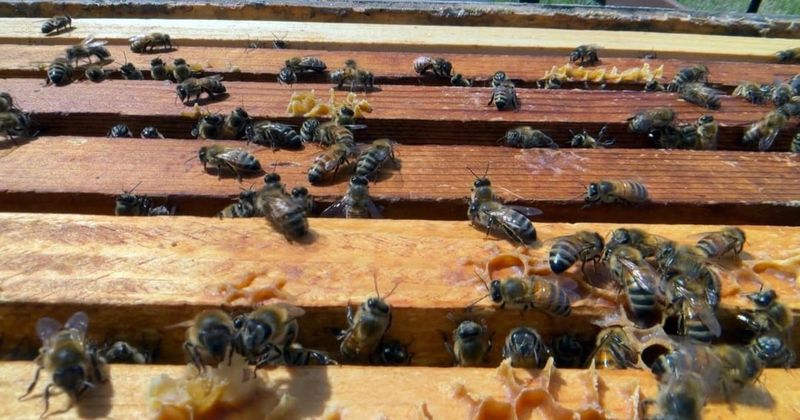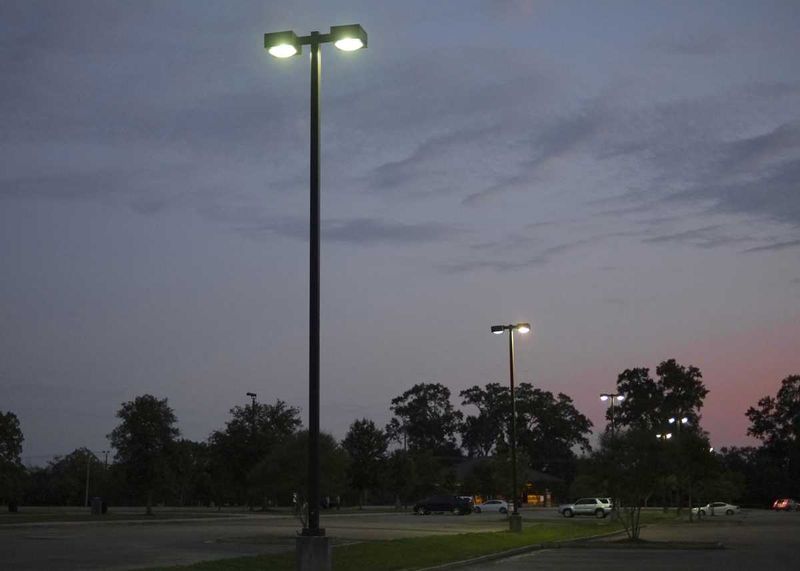Bees are some of the hardest workers in Louisiana, buzzing from flower to flower and helping plants grow the food we eat every day. But lately, these tiny heroes have been disappearing at an alarming rate across the state.
Understanding why bee populations are struggling helps us protect these important pollinators and keep our environment healthy for everyone.
1. Pesticide Use In Agriculture
Farmers across Louisiana spray chemicals on their crops to kill harmful insects, but these pesticides don’t just hurt the bad bugs.
Neonicotinoids, a common type of pesticide, confuse bees and make it hard for them to find their way back home. When bees drink nectar from treated plants, the poison builds up in their bodies over time.
Even small amounts can weaken their immune systems and make them forget where their hive is located, leaving them lost and unable to survive in the wild.
2. Habitat Loss From Development
Louisiana’s wild spaces are shrinking as cities expand and new buildings pop up everywhere. Where colorful wildflowers once bloomed, parking lots and shopping centers now stand, leaving bees with nowhere to find food.
Native plants that bees depend on get replaced by grass lawns and concrete. Without diverse flowering plants throughout the seasons, bee colonies struggle to gather enough pollen and nectar.
This forces them to travel farther distances, which exhausts their energy and reduces their chances of survival in increasingly urban landscapes.
3. Climate Change And Extreme Weather
Unpredictable weather patterns have turned Louisiana’s climate upside down in recent years. Intense hurricanes, flooding rains, and unexpected cold snaps destroy bee hives and kill entire colonies overnight.
Rising temperatures also mess up the timing between when flowers bloom and when bees emerge from winter dormancy.
If bees wake up too early or flowers bloom too late, they miss each other completely. Droughts dry up the nectar sources bees need, while heavy storms wash away pollen and damage the delicate flowers bees visit daily.
4. Invasive Pests And Diseases
Tiny vampires called Varroa mites have invaded Louisiana’s bee hives, sucking the blood from adult bees and their babies. These parasites spread deadly viruses that weaken entire colonies within weeks.
Small hive beetles and other invasive species also attack Louisiana bees, destroying their honeycombs and contaminating their food supplies.
Diseases like American foulbrood spread quickly between hives, especially when beekeepers move infected equipment around. Once these illnesses take hold, they can wipe out thousands of bees before anyone notices something’s wrong with the colony.
5. Monoculture Farming Practices
Drive through rural Louisiana and you’ll see endless fields of just one crop, like sugarcane or soybeans, stretching to the horizon. This monoculture farming creates food deserts for bees since these crops offer limited nutrition.
Bees need a varied diet from many different flowers, just like humans need different foods to stay healthy. When only one type of plant grows for miles, bees can’t get all the nutrients they need.
After harvest, these massive fields become empty wastelands with nothing for bees to eat until the next planting season arrives.
6. Loss Of Native Plant Species
Louisiana’s native wildflowers are disappearing as invasive plants like Chinese tallow trees take over the landscape. Bees evolved alongside native plants for thousands of years, developing special relationships that helped both survive.
Non-native ornamental plants in gardens often produce flowers that look pretty but offer little or no food for bees.
Some exotic flowers have been bred to be sterile, meaning they don’t make pollen at all. When native plants vanish from roadsides, forests, and wetlands, Louisiana bees lose their most reliable and nutritious food sources throughout the year.
7. Light Pollution At Night
Bright lights from cities, highways, and industrial areas never turn off in Louisiana, confusing bees and disrupting their natural rhythms. Many people don’t realize that some bee species are active at dawn and dusk when artificial lights trick them into flying at the wrong times.
Light pollution interferes with bees’ internal clocks and navigation systems, which rely on natural light patterns from the sun and moon.
Streetlights attract bees away from their hives at night, leaving them vulnerable to predators and cold temperatures. This constant exposure to artificial light stresses bee colonies and reduces their ability to reproduce successfully.


